What's behind the new Packaging Act 2019 and how does it help protect the environment? 3 steps retailers need to follow.
What does the new Packaging Act (VerpackG) and what do retailers and consumers need to keep in mind? Parcel shipping, convenience, to-go products: The flood of packaging climbs to new record levels every year. With the aim of increasing the recycling of these waste volumes, there is on January 1, 2019, the new Packaging Act came into force in Germany. It obliges retailers like me to contribute to the costs of disposing of and recycling the packaging we put into circulation. If we fail to comply, we could face fines of up to 200,000 euros and sales bans. Of course, the first priority should be to put as little waste as possible in the form of packaging into circulation in the first place. However, this cannot usually be avoided completely. I will explain in three steps how we retailers can fulfill our obligations quickly and easily.
Excursus: Are you wondering whether you are also affected? Anyone who fills so-called sales packaging, which ultimately reaches private consumers and is disposed of by them, with goods for the first time on a commercial basis and puts it into circulation must participate in a dual system by paying a "license fee". In turn, the dual systems take over the collection, sorting and proper recycling of the packaging waste. The term "sales packaging" includes both product and outer packaging as well as shipping and service packaging. It is irrelevant whether you are a manufacturer or whether you operate in the stationary or online (retail) sector: the obligation to participate applies to every distributor of sales packaging from the first packaging onwards and irrespective of the packaging material used.
Packaging Act Step 1: Registration with a dual system
You contribute your packaging to a dual system via the so-called "license fee", the amount of which is primarily based on the amount of packaging placed on the market and the packaging material used. At Licensero, the online store of the dual system Interseroh, you can license your packaging from 49 euros per year, for example.
Using the integrated calculation tool, you can calculate how much total volume in kilograms of packaging you put into circulation (because you need this weight information for the subsequent steps). I also found the information provided about the amount of primary raw materials you save with your individual packaging quantity very interesting.
Packaging Act Step 2: Registration with the Central Packaging Register Office
Step 2 involves registration with LUCID, the database of the newly created Central Packaging Register (ZSVR).. There you enter your relevant company data, the name of your dual system and specify your individual packaging quantity.
In return, you receive a registration number from the ZSVR. You then submit this number to the dual system with which you license your packaging. Both the registration and the data report, as well as the system participation, represent an obligation within the meaning of the Packaging Act and are therefore to be understood as mandatory.
Note: By the way, the ZSVR register with all registered retailers and manufacturers is publicly accessible online for everyone. This transparency can lead to warnings from competitors if the obligations of the packaging law are not observed.
All those who have not yet licensed their packaging should do so as soon as possible to avoid possible warning letters.
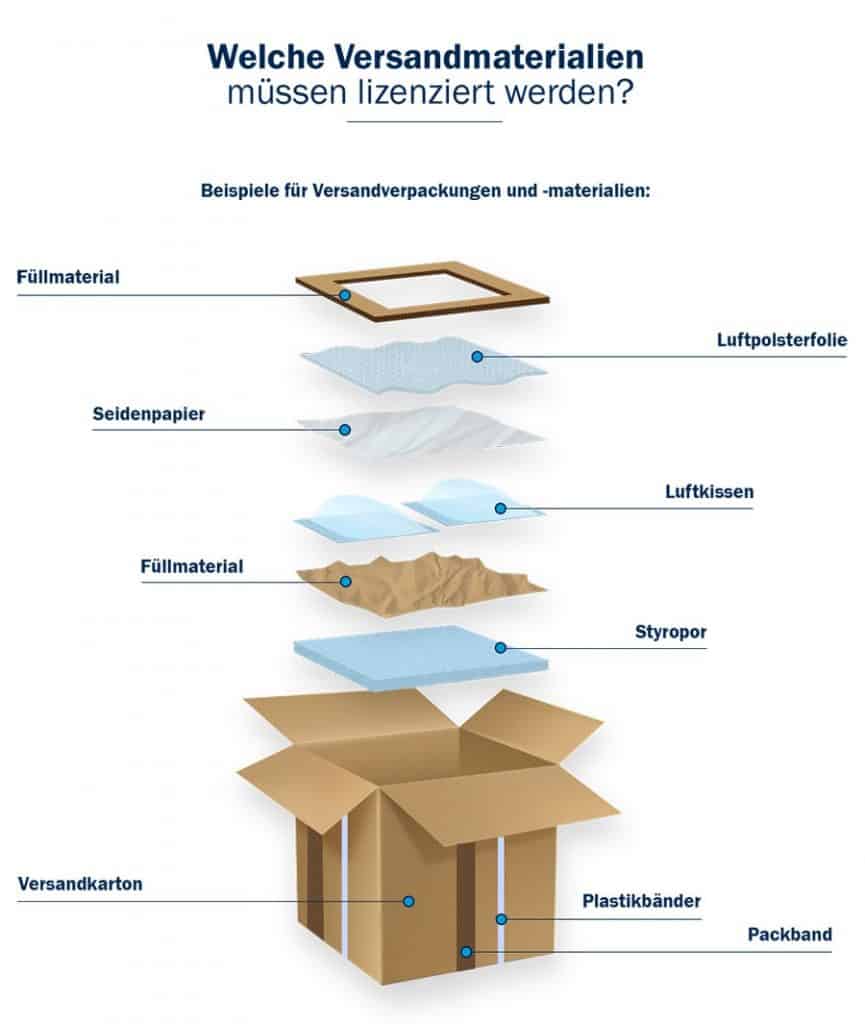
Packaging law Step 3: Checking the original quantity data
You can take your time with step 3 until the beginning of the following year: Since it is difficult to estimate the exact quantities of packaging used over the course of the year, you check the quantities you have entered against the actual quantities at the beginning of the following year. If there are deviations, the information must now be corrected and the final value determined must be confirmed with the ZSVR and the dual system.
I think that the new Packaging Act of 2019 will make the Zero Waste Lifestyle significantly easier in the long term, as retailers are now jointly responsible for the disposal of packaging put into circulation.
Feel free to get in touch with any questions!
Good luck with the licensing,

PS.: This article about the packaging law 2019 has been written in cooperation with Licensero originated.
PPS: If you would like to learn more about the plastic-free lifestyle, you can read in the article Plastic free living very well taken care of. Have fun with the implementation!

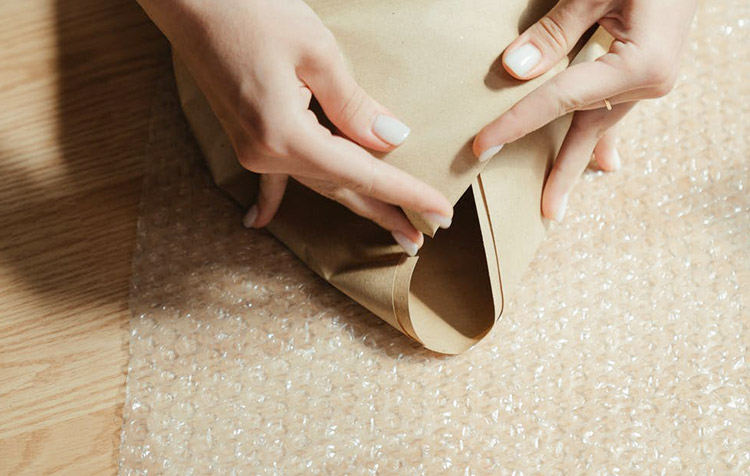
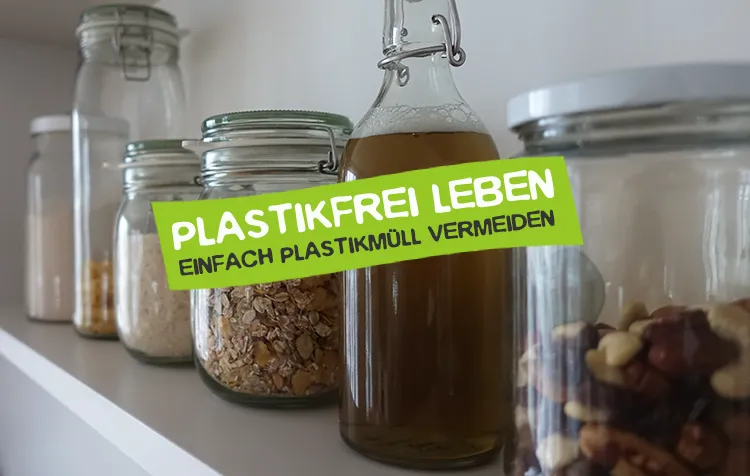
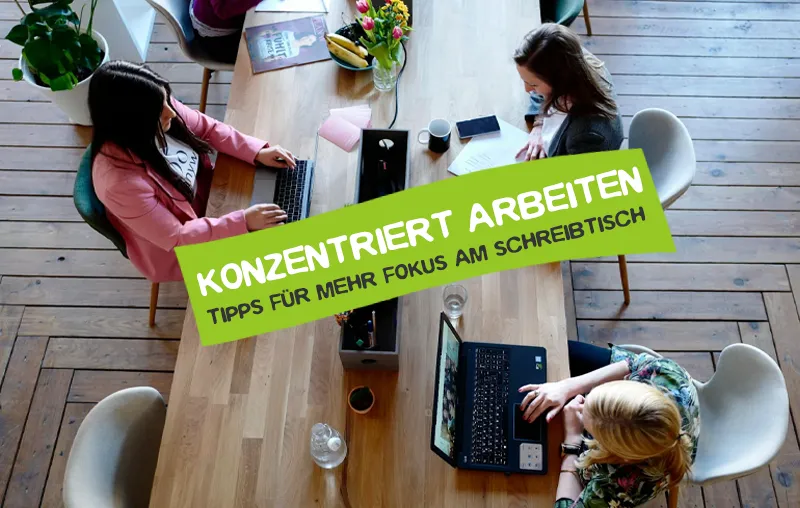
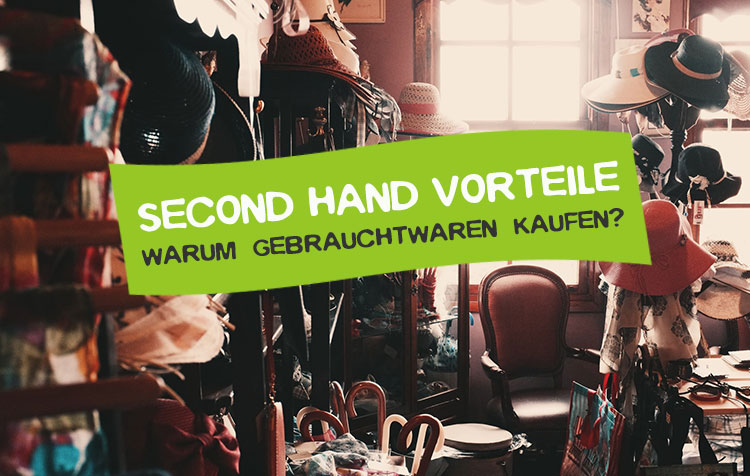
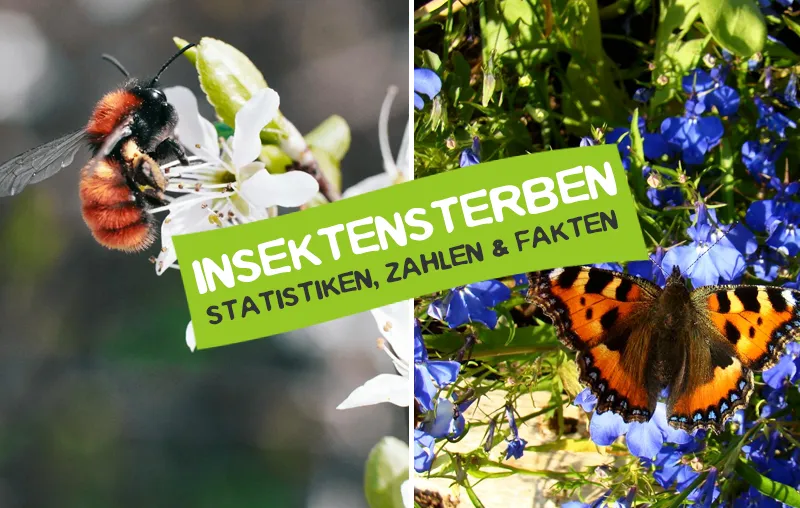
Hello Christoph,
I am very happy about your initiative! I would also like to be more involved. I would very much like to see the industries more responsible. For example, I can not understand at all why organic products at Rewe, Aldi and Co are surrounded by extra elaborate plastic packaging. I find that really anachronistic. You can now buy these reusable plastic bags everywhere, but the products to fall into them are no longer there, because everything is already wrapped in plastic.
Also I wanted to ask who I can contact if I/we want to participate in actions with active monthly time. Could you not announce dates when actions take place!
Kind regards and many thanks
Andrea (Andrea Krane)
Hi Andrea,
I took your mobile number and email out of your comment, for privacy reasons 🙂 .
Thank you for your feedback! On the one hand, products last longer, on the other hand, there is a lot of plastic waste worldwide. That is the crux.
If you have Facebook, feel free to come to our Beach CleanUp worldwide group on Facebook. Dates are regularly announced there and pictures and videos of the actions are shared.
Otherwise, you can also contact NABU, which regularly launches campaigns.
Best regards
Christoph
Comments are closed.